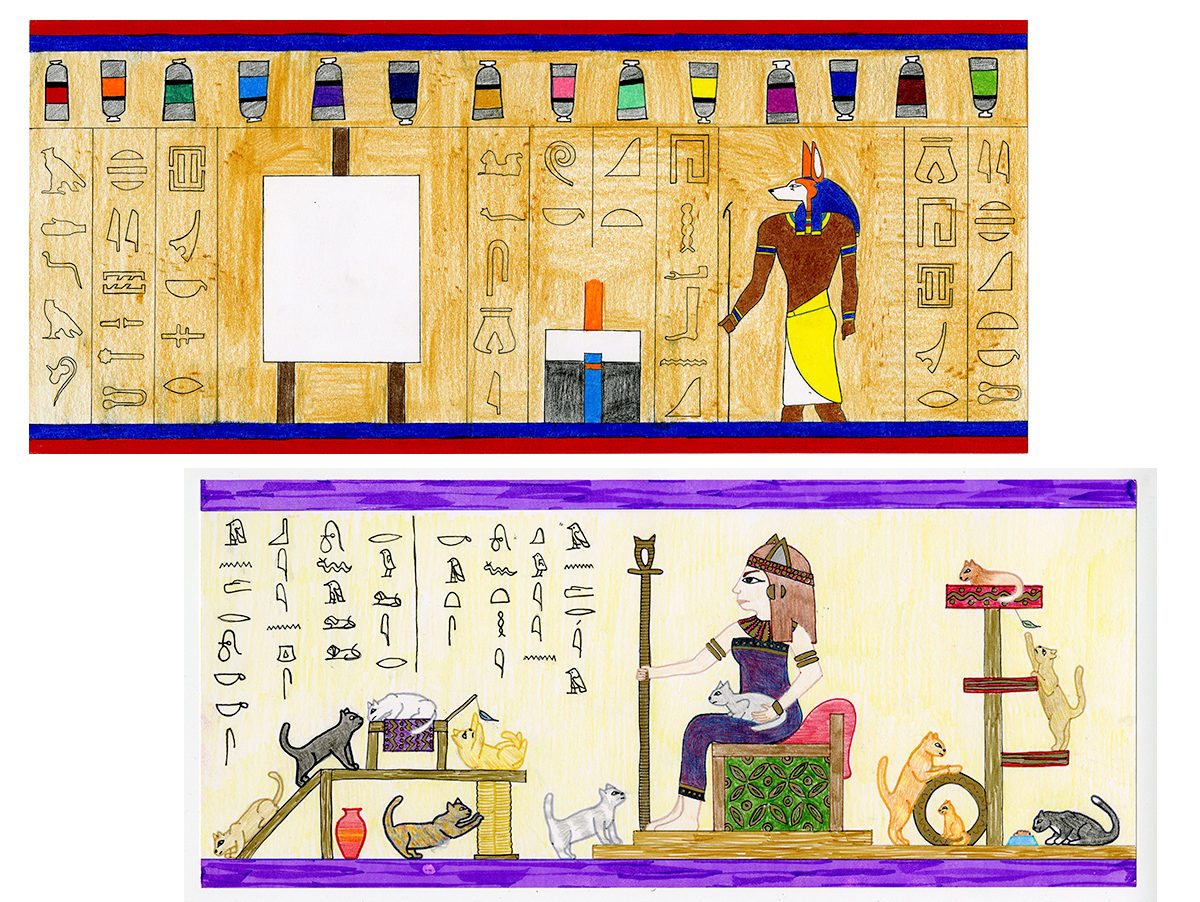Ingrid Hess
Assistant Professor
University of Massachusetts Lowell
I teach the History of Graphic Design to art and design students. Most of them are visual learners. I find it an exciting challenge to teach in a way that inspires learning among these students. Below are excerpts from an article I wrote for the international journal Visual Inquiry in 2013 entitled, “How Drawing Helps Keep History Present”.
When I was an art student, one of my favorite classes was art history. I remember my professor’s lectures to be fascinating yet I remember almost nothing about art history itself. The information she shared with the class didn’t stick with me. Two decades later I was asked to teach a History of Graphic Design class. I was thrilled and terrified. How could I teach a class as interesting as the one I took years before yet help my students retain the information they were learning? My solution was simple: add a significant drawing component to the curriculum. By having students create work based on the lectures I presented they put their knowledge into immediate use. The results were astounding. On tests throughout the semester, questions relating to the drawing assignments were much more likely to be answered correctly than other questions.
A pleasant surprise—regardless of a student’s inherent drawing skill, using drawing was an effective tool. My class consisted of both art majors and non-art majors. I graded not on the expertise of the rendering, but rather on how each student integrated new knowledge of graphic design history into the drawing assignments.
The most rewarding part of the course was seeing how much the students loved the drawing assignments. At the end of the class when I asked the students what they thought they would remember from the semester, all of them stated a lesson that went along with a drawing assignment.
This research was presented at the Design Incubation Colloquium 5.3: Merrimack College on March 30, 2019.
